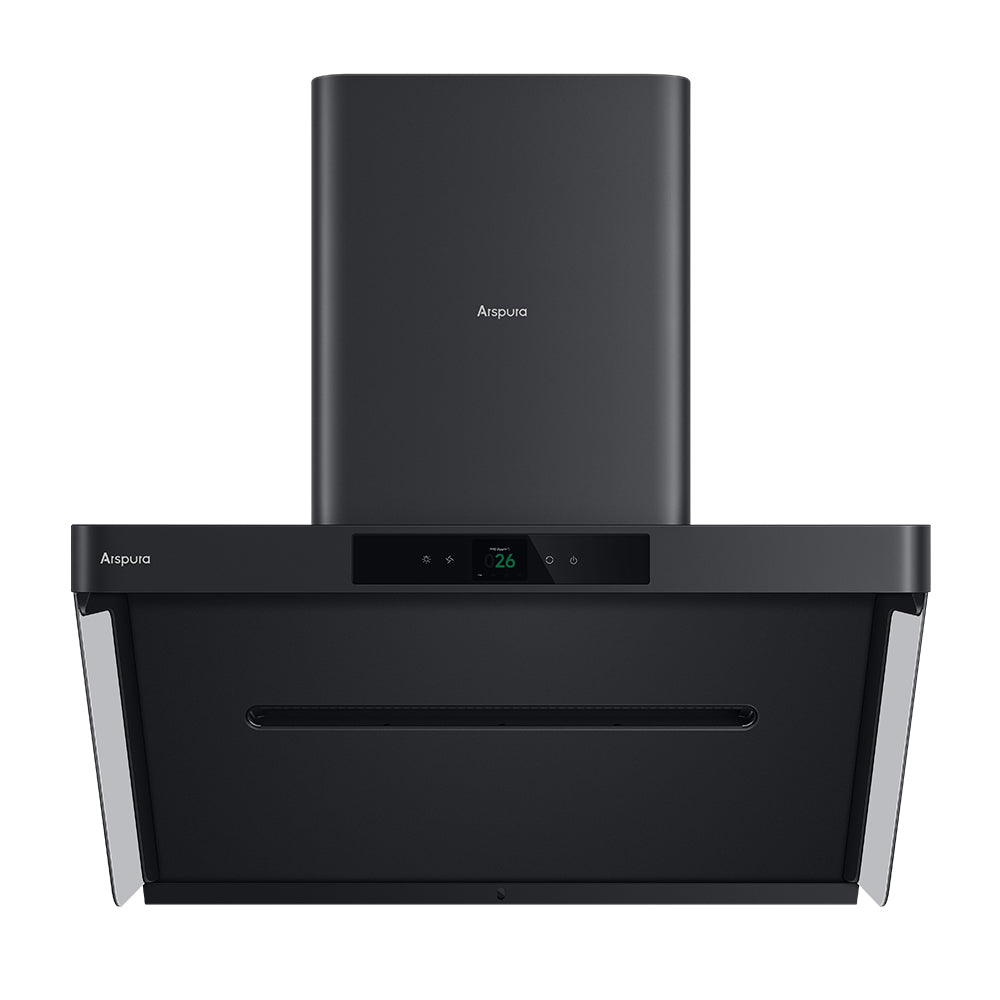Unlock the Secrets to Choosing the Perfect Kitchen Hood for Your Dream Space!
A kitchen hood is more than just an appliance; it is a vital component that enhances both the functionality and aesthetics of your kitchen. Whether you are a cooking enthusiast or simply enjoy the occasional family meal, a well-chosen kitchen hood can significantly improve your cooking experience. It helps to eliminate smoke, odors, and steam, creating a pleasant atmosphere while cooking. Moreover, with a plethora of styles and designs available, the right kitchen hood can serve as a centerpiece in your kitchen, adding a touch of elegance. In this article, we’ll explore how to choose a kitchen hood that suits your needs, preferences, and overall kitchen design.

Understanding Kitchen Hoods
Kitchen hoods, also known as range hoods or exhaust hoods, are devices installed above cooking surfaces to ventilate the kitchen by removing smoke, steam, grease, and heat. They play a crucial role in maintaining indoor air quality and keeping your kitchen clean and odor-free. A well-functioning kitchen hood not only helps to eliminate airborne contaminants but also prevents the accumulation of grease on surfaces, which can pose a fire hazard. In modern kitchens, they come in various styles and sizes, ensuring that there is a perfect option for every home. Understanding their function is essential when considering which model best fits your kitchen's requirements.
Types of Kitchen Hoods
When it comes to kitchen hoods, several types cater to different kitchen layouts and cooking styles. Wall-mounted hoods are installed against the wall and are ideal for kitchens with a range or cooktop positioned along a wall. Under-cabinet hoods are designed to fit beneath a cabinet, making them a discreet choice for smaller kitchens. Island hoods are suspended from the ceiling and are perfect for open-concept kitchens where the cooking surface is on an island. Lastly, downdraft hoods rise from behind the cooktop and retract when not in use, making them a space-saving option. Each type has its unique benefits, and your choice should align with your kitchen's layout and your cooking habits. A friend of mine opted for an island hood in her open kitchen, and it has become a stunning focal point while providing excellent ventilation.
Key Features to Consider
Choosing the right kitchen hood involves evaluating several essential features. First is extraction power, typically measured in cubic feet per minute (CFM). A higher CFM means better ventilation, especially for those who cook frequently or use high-heat methods. Next, consider noise levels; some hoods operate quietly while others can be quite loud. If you enjoy a peaceful cooking environment, look for models designed for lower noise output. Additionally, lighting options are crucial; many hoods feature built-in lights that illuminate your cooking surface, making meal preparation safer and easier. Finally, ease of cleaning is essential—hoods with removable filters and smooth surfaces can save you time and effort in maintenance. A friend once shared her struggle with a noisy hood that disrupted her cooking; investing in a quieter model made all the difference for her.
Choosing the Right Size
Getting the right size kitchen hood is vital for effective ventilation. To choose the correct size, measure your cooking surface width and select a hood that is at least as wide as the range or cooktop. For optimal performance, it is often recommended that the hood extends 3 inches beyond each side of the cooking area. Additionally, consider the height of the installation; most hoods should be positioned between 24 to 36 inches above the cooking surface, depending on the type of hood and your cooking habits. Proper sizing ensures maximum efficiency, and it can prevent the hood from overshadowing your kitchen decor.
Installation Considerations
Installation is a critical step in the kitchen hood selection process. While DIY installation might seem appealing, it's essential to consider whether you have the necessary skills and tools. Many homeowners opt for professional installation to ensure proper placement and functionality. When planning for your new kitchen hood, take into account the existing ductwork; some hoods require external venting, while others can recirculate air back into the kitchen. Additionally, think about the electrical requirements for powered hoods. Consultation with a professional can help you navigate these aspects and ensure a successful installation.
Choosing Your Ideal Kitchen Hood
In summary, choosing the right kitchen hood requires careful consideration of various factors, including type, features, size, and installation options. Take your time to evaluate your cooking habits and kitchen design to find a model that complements both functionality and style. A well-chosen kitchen hood not only elevates your cooking experience but also enhances the overall ambiance of your kitchen. Remember, this is an investment in your home, so make sure to select a hood that meets your needs while reflecting your personal taste. Happy cooking!







